Search Images
Browse Content (p. 864)
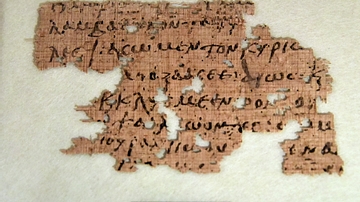
Image
Theophany Hymn from Egypt
This is the recto of a double hymn, written on papyrus, with double vowels for musical purposes. This one mentions the Baptism of Jesus in Jordan. The order of the words follows the gospel of John. From Egypt, precise provenance is unknown...
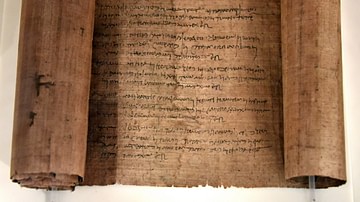
Image
Papyrus Scroll with Farmers Names
This papyrus scroll is written in the Greek language and mentions a list of farmers; the number and size of land given to them were mentioned. In addition, the list also included fishermen, flute players, threshers, millers, sheep breeders...
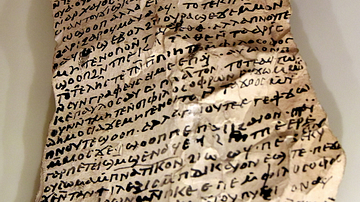
Image
Coptic Script About a Church Dispute
This limestone fragment (ostracon) is written with a Coptic script about the dispute of the church father Kyrill. From Thebes, Egypt. Byzantine Period, 4th to 7th century CE. (The Neues Museum, Berlin, Germany).
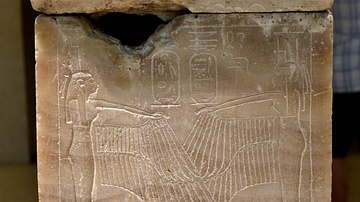
Image
Chest for Canopic Jars of Shoshenq I
This calcite-alabaster chest and its lid were made for storing the canopic jars of Shoshenq I (reigned 943-922 BCE), the founder of the 22nd (Bubastite or Libyan) Dynasty of Egypt. The nomen and prenomen cartouches of Shoshenq I are carved...

Image
Stele of Kai
Limestone stele of Kai, chief of the desert hunters, with his favorite hound gods. Kai wears a wig and holds a bow and arrows. A female figure (Kai's wife or mother) stands behind him and puts her left hand on his shoulder. She wears a wig...
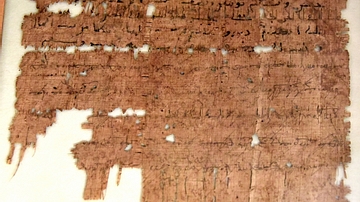
Image
Edict from Medieval Egypt
This piece of papyrus is written using both Arabic and Greek languages about an edict of the governor of Egypt. The date is November 22, 713 CE. From Egypt, precise provenance is unknown. (The Neues Museum, Berlin, Germany).
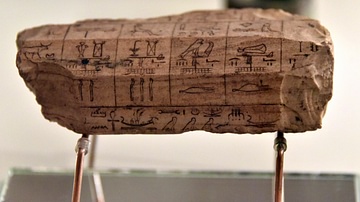
Image
Egyptian Cubit
Limestone fragment of an ancient Egyptian cubit in the shape of a five-edged ruler, from Egypt, precise provenance is unknown. New Kingdom of Egypt, 1550-1070 BCE.
The Neues Museum, Berlin.
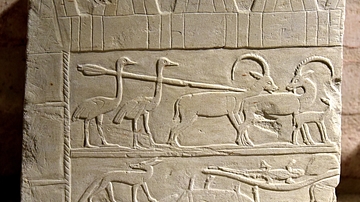
Image
Hunting Scene with Ostriches & Ibexes
Part of a hunting scene showing ostriches, ibexes, and a cub (upper register) and what appears to be a lizard and hunting dogs (lower register) in a hilly desert landscape. The upper part is the so-called Kheker Frieze. Hunting scenes were...
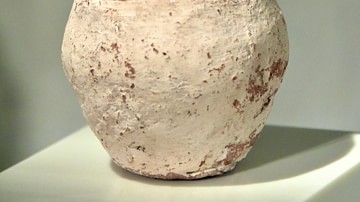
Image
Statuette of a Woman from Naqada
Burned clay statuette of a woman standing in a vat. Probably from Naqada, Egypt. Naqada II (Gerzeh culture), c. 3600 BCE. (The Neues Museum, Berlin, Germany).
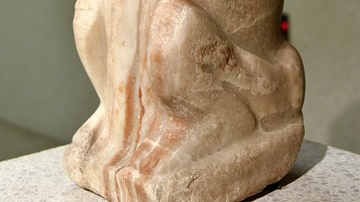
Image
Male Baboon from Abydos
This calcite-alabaster almost life-size statue depicts a male baboon squatting on a base. The front part of the base was inscribed with hieroglyphic signs but they no longer discernible. However, a partially surviving Serekh sign mentions...